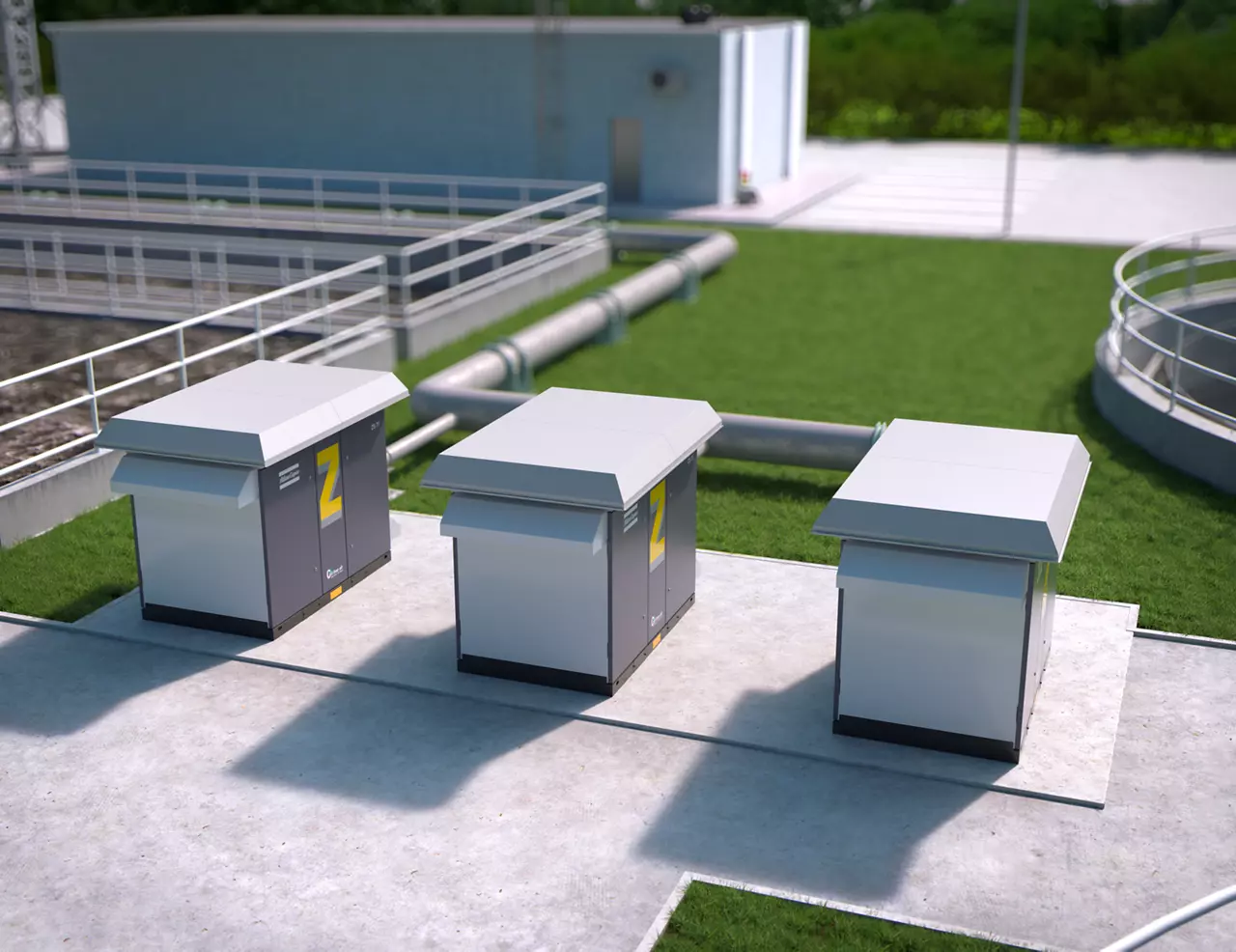 By treating contaminated water before it re-enters natural ecosystems, wastewater treatment plants play a vital role in maintaining environmental health. Central to this process is aeration. Here, oxygen facilitates the breakdown of organic matter by microorganisms. Aeration blowers are the heart of this operation, providing the necessary airflow. Selecting the right blower is crucial for optimizing efficiency and minimizing operational costs.
By treating contaminated water before it re-enters natural ecosystems, wastewater treatment plants play a vital role in maintaining environmental health. Central to this process is aeration. Here, oxygen facilitates the breakdown of organic matter by microorganisms. Aeration blowers are the heart of this operation, providing the necessary airflow. Selecting the right blower is crucial for optimizing efficiency and minimizing operational costs.
In addition, factories or industries that use water for their manufacturing processes need to have wastewater treatment plants, or Effluent Treatment Plants (ETPs). Industrial effluents, or wastewater used in manufacturing processes, are cleaned in ETPs so that they can be reused for different purposes. These plants are frequently utilized for a variety of purposes in the food, chemical, textile, tannery, and pharmaceutical industries. Two important goals of effluent treatment are water conservation and limiting water pollution. Many municipal corporations are also focusing on establishing sewage or wastewater treatment facilities across cities in the country.
Understanding the Basics
Before diving into the selection process, it’s essential to grasp the fundamentals of aeration blowers. These devices generate airflow using centrifugal or positive displacement mechanisms. Centrifugal blowers are suitable for low-pressure applications, while positive displacement blowers excel in high-pressure scenarios. Factors such as airflow rate, pressure requirements, and energy efficiency must be considered when choosing between these types.
Factors to Consider
● Airflow requirements: Determine the volume of air needed for your treatment process. This depends on factors such as the size of the plant, the level of contamination in the wastewater, and the desired treatment efficiency.
● Pressure needs: Assess the pressure requirements of your system. Different treatment stages may demand varying levels of pressure. Ensure that the blower can deliver sufficient pressure to meet these needs without overworking the equipment.
● Energy efficiency: Opt for blowers with high energy efficiency ratings. While initial costs may be higher for energy-efficient models, the long-term savings in operational expenses make them a wise investment. Look for blowers with variable frequency drives (VFDs) that adjust motor speed based on demand, optimizing energy usage.
● Reliability and maintenance: Consider the durability and ease of maintenance of the blower. Choose reputable brands known for producing reliable equipment. Additionally, select models with accessible components for simplified maintenance and repairs, reducing downtime and associated costs.
● Noise levels: Assess the noise levels produced by the blower. High noise levels can be disruptive to plant operations and may also impact nearby communities. Look for models with sound attenuation features to minimize noise pollution.
● Environmental impact: Consider the environmental footprint of the blower. Choose models that comply with regulatory standards for emissions and energy consumption. Some manufacturers offer environmentally friendly options with reduced carbon emissions and noise pollution.
● Space constraints: Evaluate the available space for installing the blower. Ensure that the chosen model fits within the allocated area and allows for proper ventilation to prevent overheating.
How to choose the right blower technology
Aeration tanks with water columns ranging from 5m to 6m are frequently utilized in ETPs, resulting in a back pressure of 0.5 – 0.6 bar(g) on the aeration blowers. Additionally, the Oxygen Transfer Efficiency (OTE) in the aeration tank increases as the water column level rises.
Conventional Tri-Lobe Blowers are effective as long as the water level in the aeration tank is below 4m, which provides a back-pressure resistance of only 0.45 bar(g) or less. Once the pressure crosses 0.5 bar(g), the tri-lobe and twin-lobe blowers begin to consume high power leading to increased running costs for the ETPs.
Therefore, for pressures greater than 0.5 bar(g), it’s highly recommended to use the rotary screw blower technology, as the screw blowers are an average of 30% better in energy efficiency compared to traditional Lobe Technology. The screw blowers are engineered with the latest innovative technologies, which help in energy savings, money, and reducing environmental impact.
Making the Decision
Once you’ve thoroughly evaluated these factors, it’s time to make an informed decision. Consult with experts in wastewater treatment and aeration technology to gather insights and recommendations. Request quotes from multiple suppliers and compare not only upfront costs but also long-term operational expenses, including energy consumption and maintenance requirements. Consider the reputation of the manufacturer, warranty terms, and after-sales support when finalizing your selection.
Conclusion
Choosing the right aeration blower is a critical decision that directly impacts the efficiency and cost-effectiveness of your wastewater treatment plant. By carefully assessing factors such as airflow requirements, pressure needs, energy efficiency, reliability, and environmental impact, you can make an informed choice that aligns with your plant’s goals and objectives. Remember to consult with industry experts and suppliers to leverage their expertise and ensure optimal performance and longevity of your aeration system.
Authored by Anil Dave
Business Line Manager, Oil-free Air Division
Atlas Copco India Pvt Ltd
For more information: www.atlascopco.com/en-in/compressors